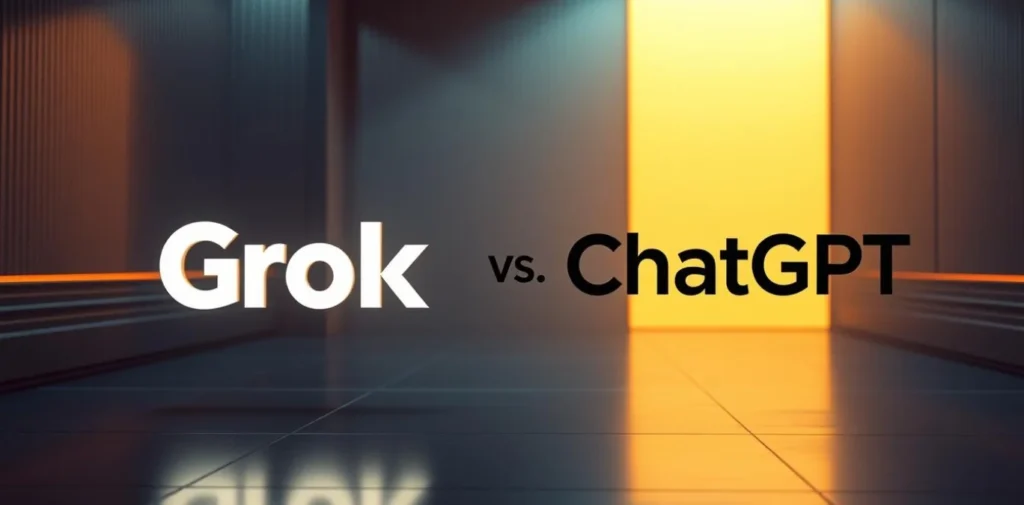Did you know that over 80% of businesses plan to integrate AI technologies into their operations by 2025? This staggering statistic underscores the growing reliance on AI language models, such as Grok vs ChatGPT, that are revolutionizing how we interact with technology. In this article, Idea Create Zone will explore the rapidly advancing landscape of AI language models, focusing specifically on the comparison between Grok and ChatGPT. We will delve into their capabilities, applications, and performance to provide a comprehensive understanding of these cutting-edge machine learning models, highlighting their increasing importance across various sectors.
Introduction to AI Language Models
AI language models play a pivotal role in enhancing human-computer interactions in today’s digital landscape. This introduction to AI language models will explore their significance and the technology that underpins them. Central to this evolution is natural language processing (NLP), which enables machines to comprehend and generate human languages effectively.
As machines become increasingly capable of understanding context and nuance, their applications span various sectors, including customer support, content creation, and virtual assistance. These models rely heavily on machine learning techniques, which train the algorithms to improve accuracy and efficiency over time. By processing vast amounts of data, language models can learn from examples, ultimately enhancing their ability to produce coherent and contextually relevant responses.
Real-world applications of AI language models can be found in tools such as chatbots, virtual assistants, and translation software. These examples underscore the transformative potential of AI in redefining communication and accessibility in different industries.
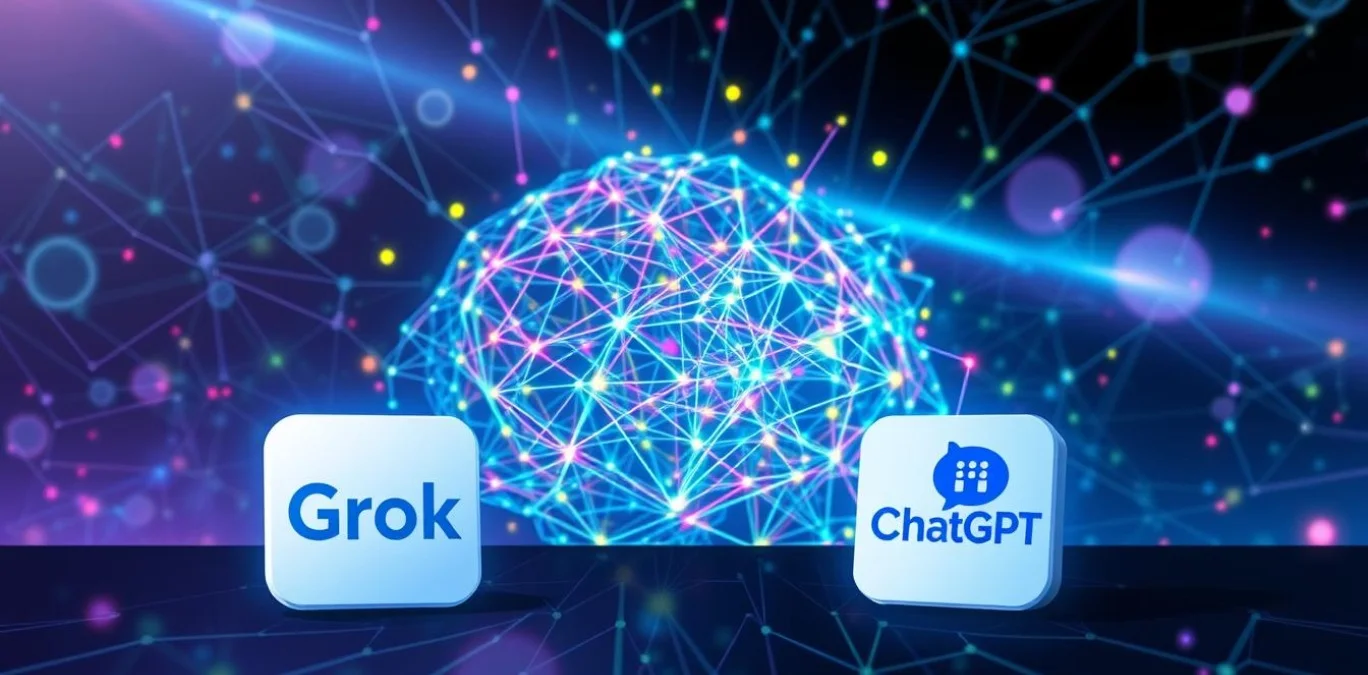
Introduction to AI language models
Understanding Natural Language Processing
NLP refers to the intersection of linguistics, computer science, and artificial intelligence, facilitating the interaction between humans and machines using natural language. Understanding natural language processing encompasses several key mechanisms that enable machines to derive meaning from text and speech. Among these mechanisms, *tokenization* serves as the foundation, breaking text into manageable units, such as words or phrases. This process is crucial for further analyses, making it a vital element in effective text understanding.
Syntactic analysis follows tokenization, examining the grammatical structure of sentences. This step allows NLP tools to identify the relationships between words and their roles within sentences, providing deeper context. Subsequently, *semantic understanding* comes into play, focusing on interpreting the meanings behind those structures. This holistic view is what allows AI models like Grok and ChatGPT to respond accurately to human input.
The relationship between NLP and machine learning models facilitates more efficient processing of vast amounts of text data. Recent advancements in NLP techniques emphasize deep learning approaches, which enhance the understanding of context and subtleties in language. Such improvements contribute significantly to the performance of contemporary AI language models, enabling them to become more adept at engaging with users in a natural and coherent manner.
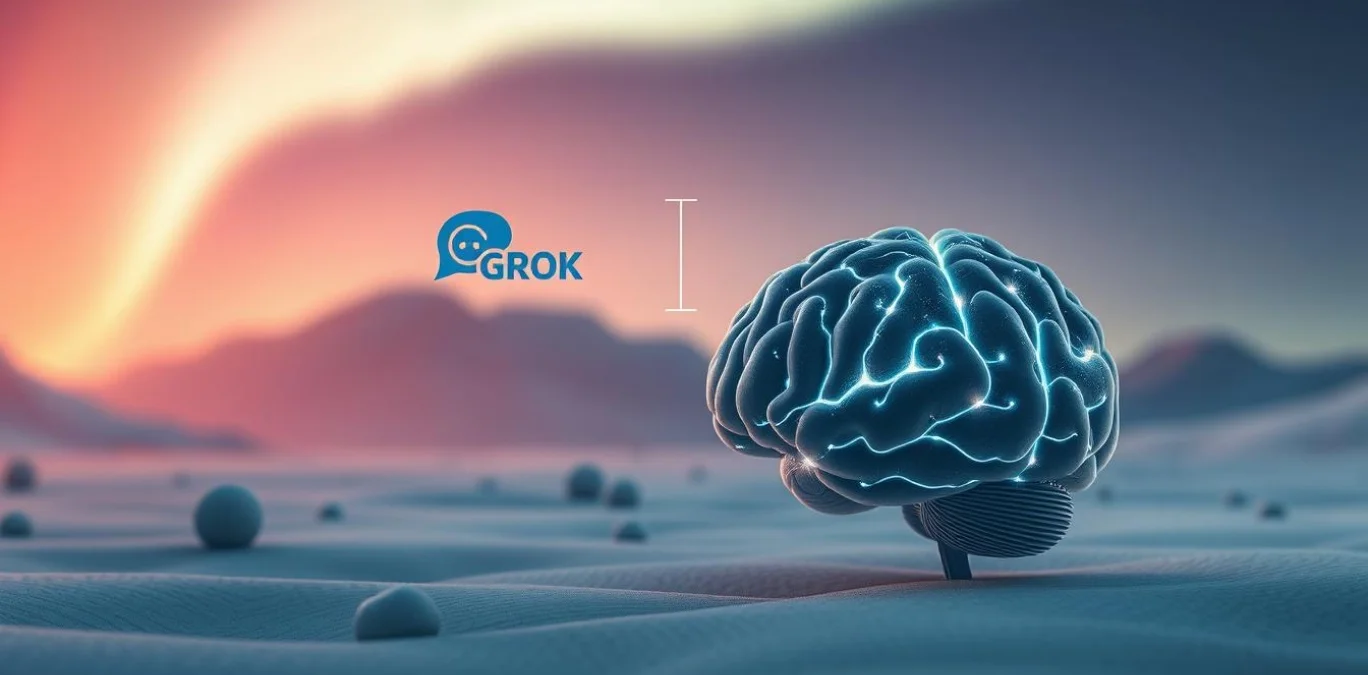
Understanding natural language processing
What is Grok?
Grok represents a significant advancement in artificial intelligence, designed to enhance language comprehension and generation. Its core features encompass a deep understanding of context, allowing it to generate nuanced responses in conversation and text analysis. As businesses and organizations look for innovative ways to streamline communication and improve efficiency, exploring what is Grok becomes essential. This model’s unique Grok capabilities set it apart from other AI language systems.
Overview of Grok’s Capabilities
The Grok system excels in various areas that enhance user interaction. Key Grok capabilities include:
- Advanced language comprehension: Grok can interpret and respond to complex queries, adapting its responses based on context.
- High-quality language generation: The model can produce human-like text, making it suitable for creative writing and technical content.
- Context awareness: Grok maintains the flow of conversation, ensuring responses are relevant to prior interactions.
- Scalability: The system is adaptable to different applications, facilitating integration with existing technologies.
Applications of Grok in Various Industries
Understanding the applications of Grok in industries illustrates its versatility and impact. The following table highlights some of the primary fields utilizing Grok, along with specific instances of implementation:
|
Industry |
Application |
Benefits |
| Healthcare | Patient Data Analysis | Improved diagnostic accuracy through predictive analytics. |
| Finance | Automated Customer Service | Enhanced customer satisfaction with reduced response times. |
| Education | Personalized Learning Assistants | Tailored content delivery to meet student needs. |
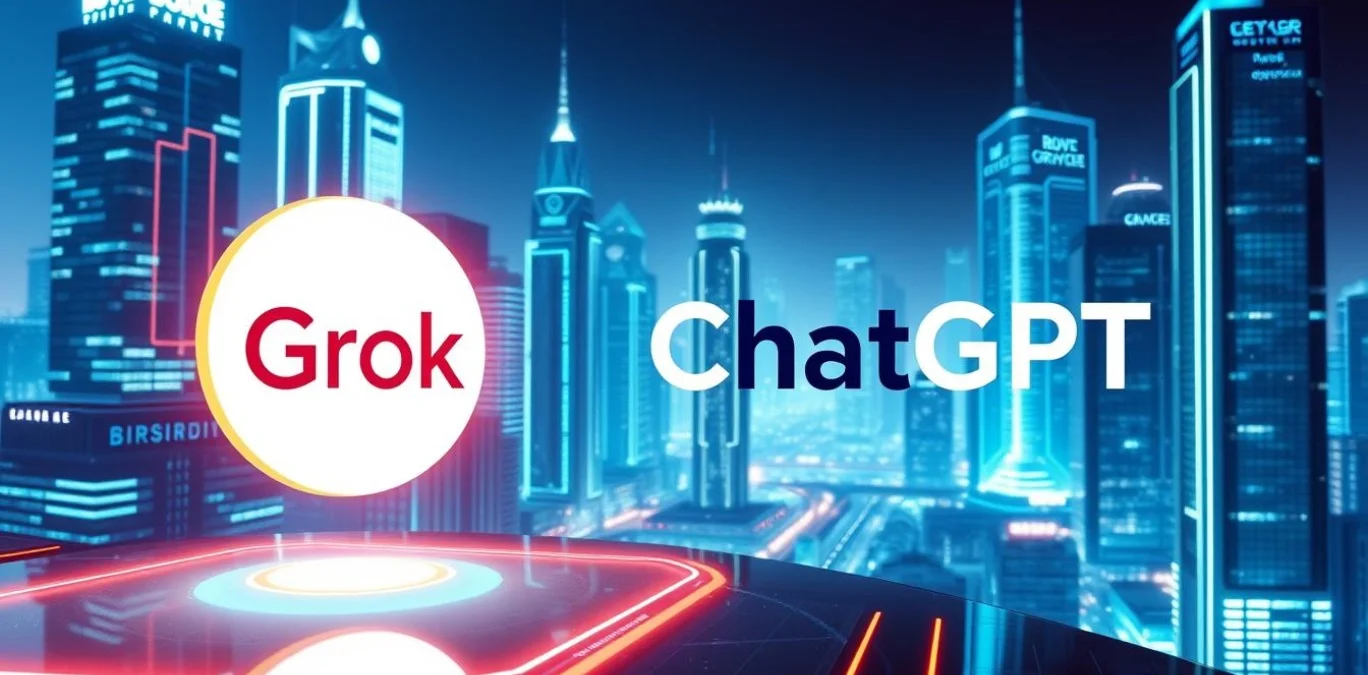
What is Grok?
What is ChatGPT?
ChatGPT is a sophisticated AI language model developed by OpenAI. It excels at generating human-like text based on the input it receives. A key aspect of this technology is its capability to understand and generate coherent responses, making engagements more meaningful and interactive.
When considering ChatGPT features, one can pinpoint its language generation capability, conversational skills, and personalization options. This model learns from extensive datasets, enabling it to produce content that is not only relevant but also contextually appropriate. This integration fosters an enriched user experience, often leaving users surprised by its fluency.
Overview of ChatGPT’s Features
Understanding what is ChatGPT involves recognizing several core features:
- Language Generation: Produces natural-sounding responses across various topics.
- Conversational Ability: Engages users in nuanced discussions, adapting its tone as necessary.
- Personalization: Tailors responses based on user interactions and preferences.
Key Use Cases for ChatGPT
The versatility of ChatGPT gives rise to numerous key use cases for ChatGPT across different industries:
- Customer Support: Automates responses, helping businesses save time and improve satisfaction.
- Content Creation: Assists writers in developing articles, blogs, and marketing copy.
- Education: Serves as a tutor, providing explanations and support to students.
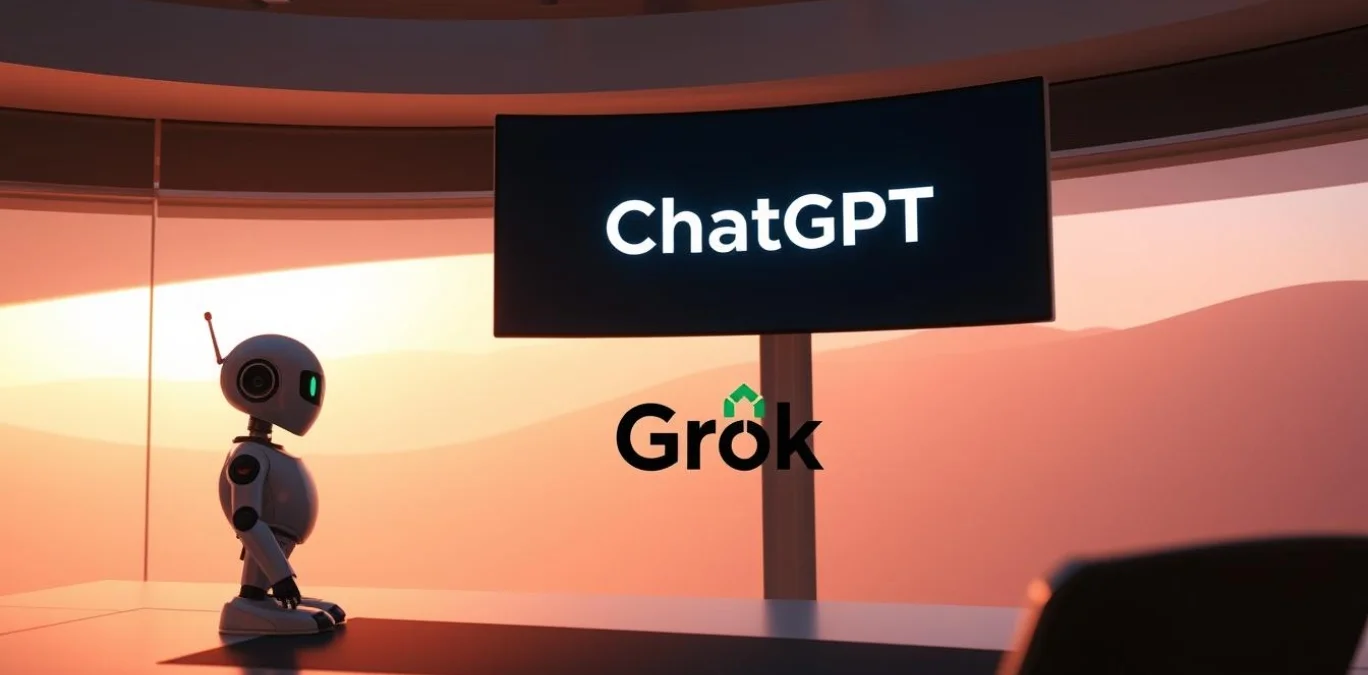
What is ChatGPT?
Grok vs ChatGPT: Key Differences
In the landscape of AI language models, a detailed comparison of AI models highlights the distinct features that set Grok apart from ChatGPT. Understanding the key differences between models reveals how each one approaches the task of language generation, processing information in unique ways.
Grok employs a design philosophy focused on adaptability, allowing it to quickly adjust to specific tasks. Its architecture facilitates rapid learning, enhancing its ability to generate creative responses. ChatGPT, on the other hand, relies on a more structured approach, yielding consistent and coherent text outputs but sometimes limiting the level of creativity in its responses.
The training methodologies represent another significant point of divergence in the Grok vs ChatGPT analysis. Grok utilizes a dataset fine-tuned for contextual understanding, enabling it to grasp nuances better. In contrast, ChatGPT benefits from a broader dataset, which enhances its general knowledge but may affect its performance on niche topics.
To illustrate these differences more clearly, the following table offers a side-by-side view of Grok vs ChatGPT’s capabilities:
|
Feature |
Grok |
ChatGPT |
| Adaptability | Highly adaptable to specific tasks | Structured, focused on consistency |
| Response Creativity | Generates more creative content | Coherent but sometimes less creative |
| Training Methodology | Fine-tuned datasets for contextual understanding | Broad datasets for general knowledge |
| Focus of Learning | Contextual and niche topics | Generalized knowledge and information |
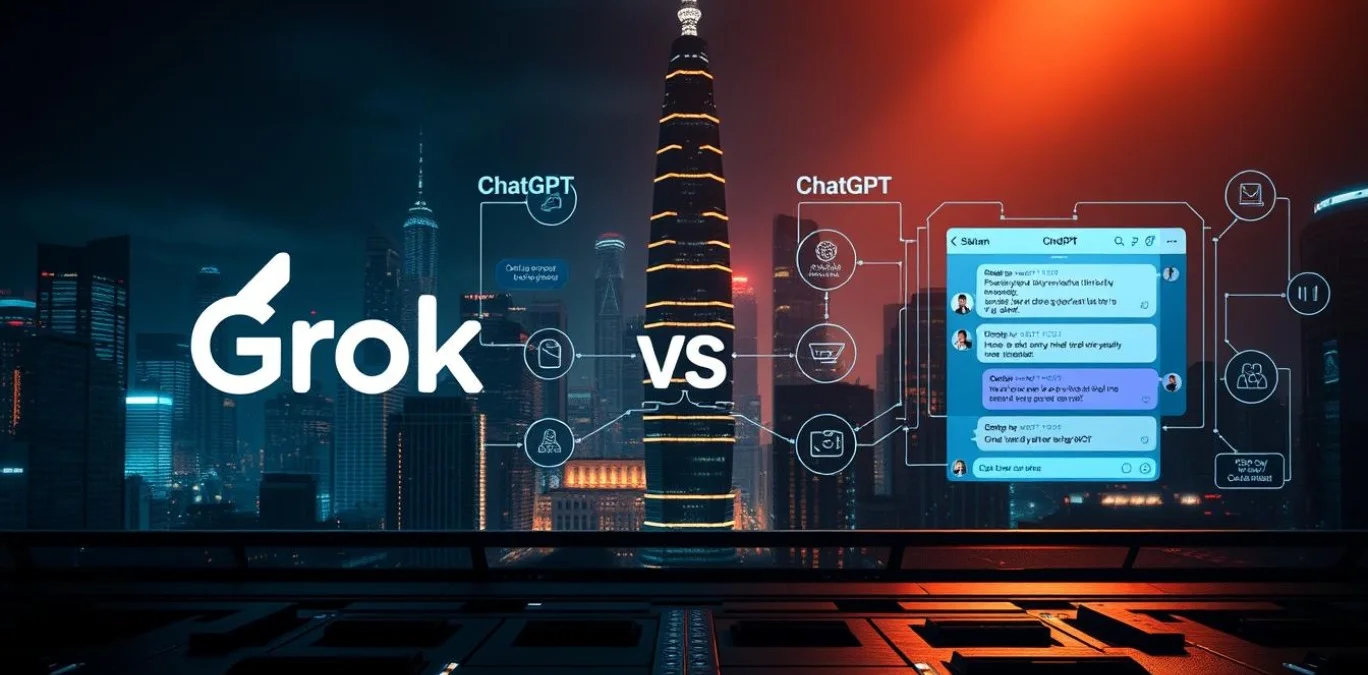
Grok vs ChatGPT comparison
Performance Benchmarking of Grok vs ChatGPT
Understanding the performance benchmarking of Grok vs ChatGPT offers valuable insights into their operational efficiencies. This analysis encompasses both the speed and accuracy of responses as well as a comparative evaluation of the training data utilized by each model. By examining these aspects, users can gain a clearer picture of which model suits specific needs best.
Speed and Accuracy of Responses
In performance benchmarking, the speed and accuracy of responses play a crucial role in evaluating AI language models. Speed reflects a model’s ability to respond quickly to queries, while accuracy assesses how well these responses align with intended meanings. Various benchmark tests conducted by recognized institutions reveal that both Grok vs ChatGPT deliver commendable performance; however, subtle differences emerge in specific contexts.
These benchmarks often highlight key metrics such as:
- Average response time for common queries
- Accuracy scores based on user satisfaction
- Performance under load conditions
Comparative Analysis of Training Data
The quality and diversity of training data significantly influence the effectiveness of AI models. A thorough training data analysis of Grok and ChatGPT reveals contrasting methodologies that affect their overall performance and output. Grok tends to incorporate industry-specific data which enhances its relevance in specialized fields. In contrast, ChatGPT benefits from a broader dataset that allows for greater versatility in general queries.
|
Model |
Training Data Size | Data Variety |
Performance Impact |
|
Grok |
Large | Industry-specific | High relevance in niche contexts |
| ChatGPT | Very Large | General-purpose |
Versatile across many queries |
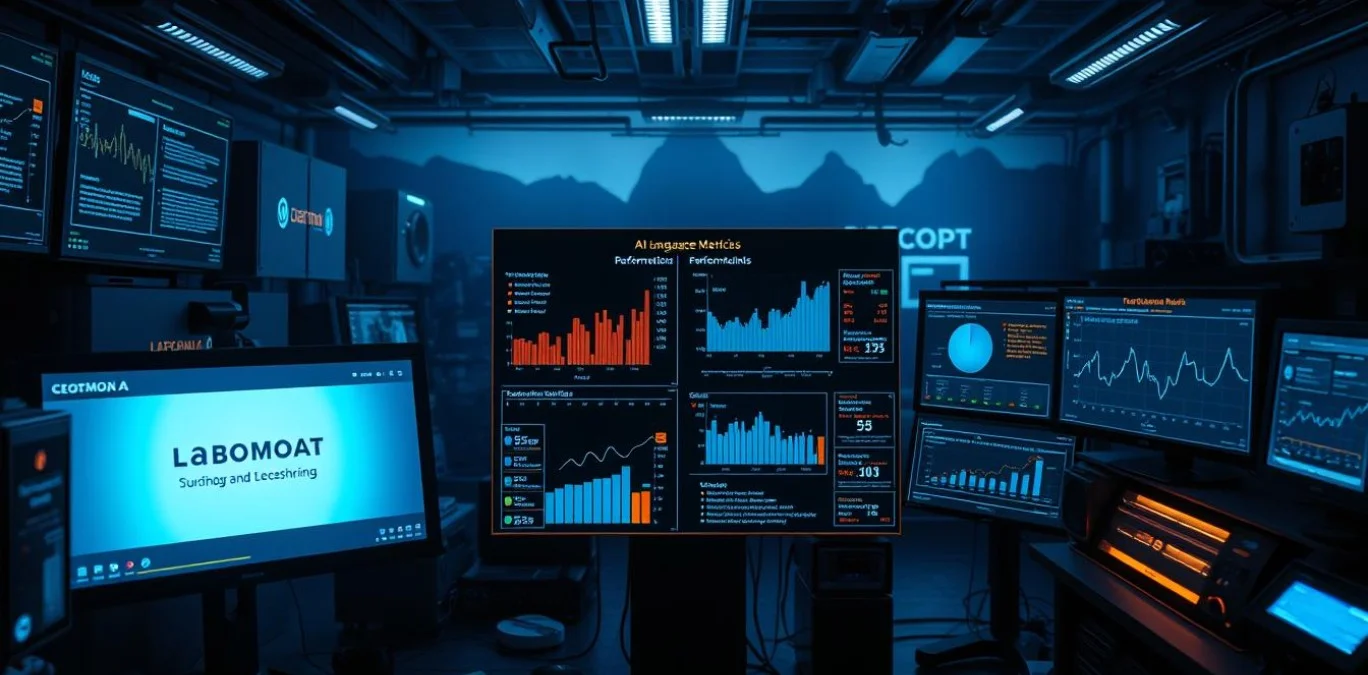
Performance benchmarking
Deep Learning Techniques in AI Models
Deep learning techniques serve as the backbone of many advanced AI language models like Grok and ChatGPT. These methods primarily rely on the architecture of neural networks in AI to process and analyze vast amounts of data. Understanding how these networks function is essential for appreciating their role in language processing and generation. With multiple layers of interconnected nodes, neural networks excel in recognizing patterns and extracting insights from complex datasets.
Understanding the Role of Neural Networks
Neural networks in AI simulate the way human brains operate, making them efficient for handling intricate tasks related to natural language. Each layer of a neural network transforms the input data through various activation functions, allowing the model to learn hierarchical representations. This structure is crucial for enabling both Grok vs ChatGPT to comprehend context, determine relationships between words, and generate coherent responses. Such efficiency in learning is achieved through a well-defined architecture that facilitates quicker training and enhanced performance in real-world applications.
Training Methodologies: Grok vs ChatGPT
The training methodologies employed by Grok vs ChatGPT reveal significant differences in their development approaches. Grok utilizes a unique training set that encompasses a diverse range of dialogues, focusing on conversational context and adaptability. ChatGPT, on the other hand, trains on a broader array of textual sources, enabling extensive knowledge retention across multiple domains. Both models leverage specialized algorithms and high-performance computing resources, optimizing their learning efficiency. Understanding these methodologies highlights not just the distinctions but the underlying principles that drive their favorability in various applications.

Deep learning techniques in AI
Semantic Similarity and Text Understanding
Semantic similarity plays a crucial role in enhancing text understanding in AI. It involves evaluating how closely related two pieces of text are in terms of meaning. Both Grok and ChatGPT employ advanced NLP models to analyze and interpret linguistic data, significantly impacting their performance in various applications.
The evaluation of semantic similarity utilizes several metrics, including cosine similarity and Jaccard index, among others. These methods help gauge how effectively a model comprehends context and meaning. Grok’s architecture supports robust semantic analysis, allowing it to understand nuanced language constructs, while ChatGPT leverages pre-trained models to fine-tune its text understanding capabilities.
Effective text understanding in AI is not only about deciphering words but also about grasping the underlying intent. By implementing superior algorithms, both models can accurately interpret user queries, generating contextually appropriate responses. Each model’s design influences its efficiency in managing conversational flow and responding to varied prompts, showcasing their unique approaches to handling semantic relationships.
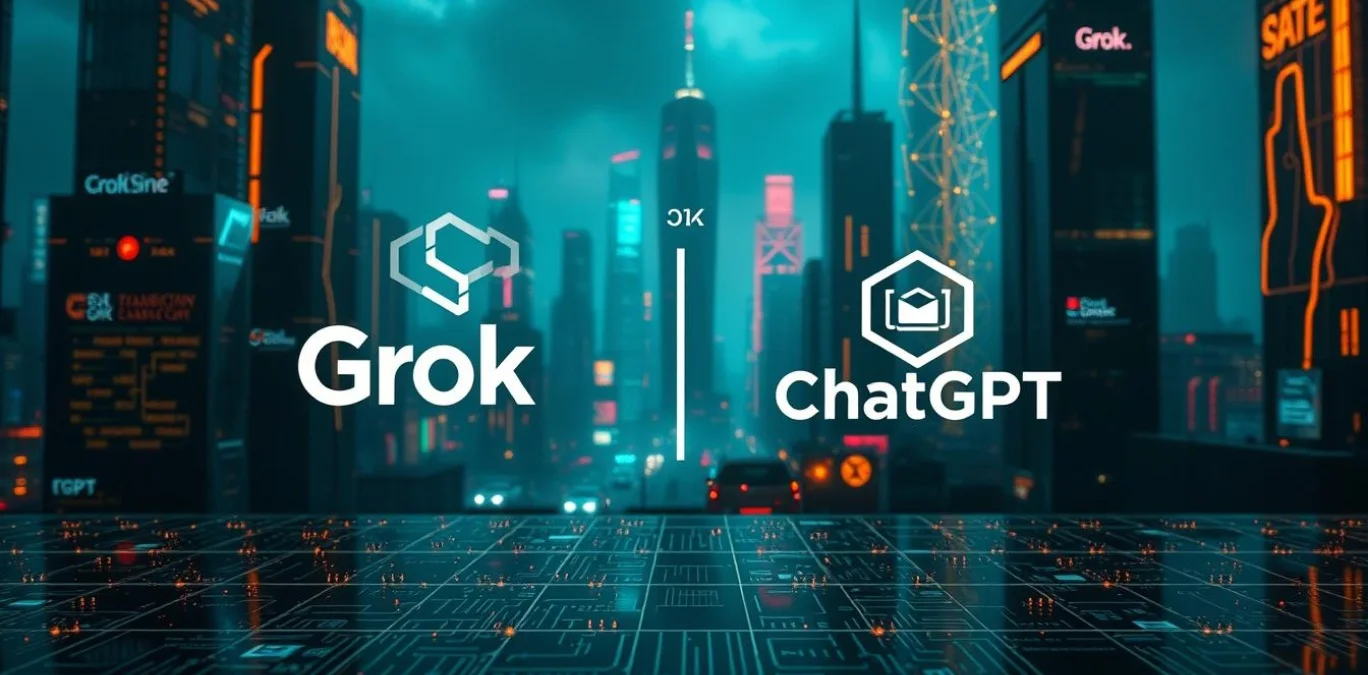
Semantic similarity in AI language models
User Interaction and Experience
In the rapidly evolving field of AI language models, user interaction plays a pivotal role in shaping user experience in AI. Effective user interaction enhances the usability of models like Grok vs ChatGPT, enabling users to engage meaningfully. The design of user interfaces significantly impacts how users perceive and utilize these technologies. Streamlined interfaces contribute to a positive user experience in AI, allowing individuals to navigate the systems with ease.
Conversational flow is another critical aspect that affects user satisfaction. Both Grok vs ChatGPT offer distinct conversational styles that cater to different user needs. By analyzing feedback mechanisms, developers can better understand the nuances of user interaction and improve the AI language model usability. Engaging dialogues help foster dynamic exchanges and enhance overall user satisfaction.
User feedback and satisfaction surveys are instrumental in assessing the effectiveness of Grok vs ChatGPT in real-world applications. Gathering insights from users enables these models to move closer to meeting user expectations and refining their capabilities. By prioritizing user interaction, Grok vs ChatGPT not only improve their performance but also build stronger connections with their audiences.

User interaction in AI language models
Integration of NLP Tools in Grok vs ChatGPT
The integration of NLP tools significantly enhances the capabilities of both Grok vs ChatGPT, allowing them to operate seamlessly within various business and technological environments. Organizations increasingly rely on NLP tools in AI to improve operational efficiency and user engagement. Grok integration allows for compatibility with a multitude of popular NLP applications, enriching its functionality and providing users with powerful insights.
ChatGPT integration also stands out as these models can leverage existing NLP infrastructures. By employing established NLP tools, ChatGPT can elevate the conversational experience offered to users. This synergy results in more intuitive and responsive interactions, as the underlying NLP tools provide support for understanding context and semantics.
Both models showcase versatility in deployment, aligning well with industry-specific requirements. The collaborative power of Grok vs ChatGPT, together with their respective integrations, empowers users to maximize performance through advanced analytics and streamlined communication.
Real-World Applications of Each Model
The practical impact of Grok vs ChatGPT extends into various industries, demonstrating their utility and effectiveness in diverse contexts. Here, the real-world applications of Grok will be examined, especially its role in business intelligence, followed by a look at how ChatGPT enhances customer support systems.
Grok in Business Intelligence
Grok has shown significant promise in business intelligence by facilitating more insightful data analysis and reporting. Organizations leverage Grok’s capabilities to make sense of vast datasets. Automation of report generation allows analysts to focus on interpreting results rather than spending excessive time compiling information. Key advantages include:
- Improved accuracy: Reduces human error in data interpretation.
- Faster decision-making: Enables quicker insights from real-time data.
- User-friendly interfaces: Simplifies engagement with complex analytics tools.
ChatGPT in Customer Support
ChatGPT has become an invaluable asset in customer support environments. By utilizing intelligent conversational capabilities, businesses enhance user satisfaction and streamline operations. Incorporating ChatGPT into support workflows leads to benefits such as:
- 24/7 availability: Provides assistance to customers at any time, improving accessibility.
- Personalized interactions: Tailors responses based on user history and preferences.
- Efficient problem resolution: Quickly addresses common queries and issues.
With Grok in business intelligence and ChatGPT in customer support, the adaptation of AI language models continues to redefine operational frameworks, encouraging enhanced efficiency and effectiveness across sectors.
The Future of AI Language Models
The rapid evolution in AI technology signals an exciting future for AI language models. Innovations in deep learning and natural language processing continue to shape how these systems operate. Enhanced capabilities drive more intuitive user interactions and improve the overall quality of generated content.
As organizations integrate AI into various tasks, the future of AI language models will likely focus on adaptability. Businesses will prioritize solutions that not only meet current demands but also evolve with user expectations. Users are becoming more sophisticated, seeking tools that provide seamless engagement and personalization.
Societal implications must be considered in this landscape. As advancements in AI technology unfold, ethical considerations surrounding privacy, accountability, and bias in AI systems are paramount. Ensuring that the future of language models aligns technology with ethical standards will foster trust and acceptance among users.
|
Key Trends |
Description |
| Natural Interaction | Language models will evolve to support more natural conversations, reducing the friction users experience while communicating with AI. |
| Multimodal Capabilities | Integration of text with audio, video, and other forms will create richer user experiences across platforms. |
| Enhanced Personalization | A greater emphasis on tailoring responses based on individual user preferences will set a new standard in user experience. |
| Collaborative AI | AI systems will work together more effectively, pooling knowledge and capabilities to enhance performance and deliver services. |
| Ethical AI Frameworks | Developing robust ethical guidelines will become essential to addressing bias and improving transparency in AI applications. |
Grok vs ChatGPT: Community and Support
Both Grok vs ChatGPT benefit greatly from their respective community support networks, which enhance user experience and model performance. The ChatGPT community is particularly robust, featuring a wide variety of forums and user groups that facilitate knowledge sharing and collaboration. Users can access numerous resources for AI models, including tutorials, best practices, and troubleshooting advice. This collective effort leads to rapid improvements and adaptations based on real-world user feedback.
The community support for Grok has seen significant growth, with dedicated forums where users actively discuss features, challenges, and updates. These platforms serve as essential hubs for discussing practical applications and sharing innovative use cases. As users contribute their experiences, they provide invaluable insights that help refine Grok’s capabilities and expand its applicability across industries.
Both AI models encourage contributions from their users, creating a culture of collaboration. Resources for AI models such as official documentation, workshops, and webinars play a crucial role in equipping users with the knowledge needed to maximize their potential. The combined efforts of the communities surrounding Grok vs ChatGPT not only foster user engagement but also drive the evolution of these technologies, ensuring they remain at the forefront of artificial intelligence.
Conclusion
In this article, we explored the intricate details of Grok vs ChatGPT, culminating in a comprehensive AI language models comparison. By examining the core features and applications of both models, we gained a deeper understanding of their respective capabilities and the technologies driving them forward. This summary of findings highlights the distinct strengths that each model brings to the table, catering to different needs in various sectors including business intelligence and customer support.
As we have seen, Grok excels in specific industry applications, offering tailored solutions that enhance decision-making processes. Conversely, ChatGPT demonstrates versatility and efficiency in user interaction scenarios, significantly improving customer service experiences. The performance aspects of both models were analyzed, shedding light on their speed, accuracy, and the methodologies used to train them. Each model’s unique characteristics position them well for distinct use cases.
Looking ahead, understanding these technologies is essential as they continue to evolve and shape the future of human-computer interaction. The conclusion on Grok vs ChatGPT reinforces the importance of selecting the appropriate model based on specific requirements, paving the way for innovative applications and enhanced engagement in AI-driven environments.
FAQ
What is the primary difference between Grok vs ChatGPT?
The primary difference lies in their underlying architectures and training methodologies. Grok focuses on adaptability for specific tasks, while ChatGPT emphasizes conversational ability and language generation across broader contexts.
How do Grok vs ChatGPT utilize natural language processing?
Both models use natural language processing (NLP) to understand and generate human language. They employ techniques like tokenization and semantic analysis, although their implementations vary based on their design philosophies.
In which industries are Grok vs ChatGPT commonly applied?
Grok is often utilized in sectors like healthcare and finance for data analysis, while ChatGPT is widely used in customer support and content generation, showcasing their versatility across different applications.
What role does deep learning play in Grok vs ChatGPT?
Deep learning is crucial for both models as it involves using neural networks to improve learning efficiency. Each model employs different algorithms and computing strategies to enhance performance.
How do Grok vs ChatGPT handle text understanding and semantic similarity?
While both models excel at understanding text meaning and context, their approaches to semantic similarity differ. Grok may focus on task-specific semantic accuracy, whereas ChatGPT is designed for more generalized language comprehension.
What are the performance metrics for Grok vs ChatGPT?
Performance metrics typically include speed and accuracy of responses, which can vary depending on the context of usage. Benchmark tests have illustrated differences in how quickly and accurately each model can generate relevant output.
How do users interact with Grok vs ChatGPT?
User interaction varies between the two. ChatGPT often provides a more conversational experience due to its design, while Grok is tailored for task completion, impacting the overall user experience.
What integrations exist for Grok vs ChatGPT with other NLP tools?
Both models integrate with various NLP tools to enhance their functionality. These integrations allow users to complement their capabilities within existing business and technology frameworks.
What support resources are available for Grok vs ChatGPT users?
Each model has its own community and support networks, including forums, documentation, and user-generated content, which are essential for improving adaptability and resolving user challenges.
What is the future outlook for AI language models like Grok vs ChatGPT?
The future of AI language models is likely to include advancements in technology, changing user expectations, and broader applications, raising important societal and ethical considerations as these technologies evolve.

